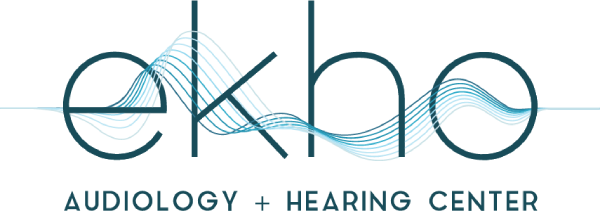
The journey to better hearing begins with an initial consultation. During this phase, the hearing health professional gathers essential background information. Expect questions regarding medical history, any instances of hearing loss in the family, and recent exposure to loud noises. This information helps determine potential causes of hearing problems and guides the hearing health professional in tailoring the evaluation to specific needs.
Understanding a patient’s hearing health history is critical. The hearing health professional may ask about any recent ear infections, tinnitus (ringing in the ears), or dizziness. Past surgeries and medications that might affect hearing could also come up. Sharing comprehensive details ensures that the evaluation considers all relevant factors.
Following the initial consultation, the hearing health professional will also perform a physical examination. This involves looking inside the ears using an otoscope. This helps to check for any physical obstructions, ear wax accumulation, or signs of infection. Identifying these issues is important because they can affect the patient’s hearing and the results of the hearing tests.
The Audiometric Tests
After the physical examination, it’s time for the audiometric tests. These tests measure different aspects of a patient’s hearing and help to diagnose the type and degree of hearing loss.
One of the primary tests is pure tone audiometry. In this test, the patient wears headphones and listens to a series of beeps at various pitches and volumes. The patient signals each time a sound is heard. This test assesses the quietest sounds that can be detected across different frequencies.
Speech audiometry tests the ability to hear and understand speech. It typically includes two parts: speech reception threshold (SRT) and word recognition. For the SRT part, the patient repeats words heard at soft levels to determine the faintest speech that can be understood. In the word recognition part, the patient repeats words spoken at a comfortable volume. This helps measure clarity and the ability to distinguish between similar sounds.
Tympanometry evaluates the functioning of the middle ear. It helps diagnose issues like fluid in the ear or eardrum perforations. A small probe is placed in the ear canal to change its air pressure, making the eardrum move back and forth. The machine measures these movements, providing insights into the status of the middle ear.
Reviewing the Results
Once all the tests are complete, the hearing health professional will review the results. This involves explaining the findings in detail, addressing any questions, and discussing options. Using an audiogram, the hearing health professional will then illustrate the results of the hearing tests, showing the levels of hearing across different pitches.
Recommendations and Next Steps
Based on the results, the hearing health professional will make recommendations. If hearing loss is detected, treatment options such as hearing aids, assistive listening devices, or medical referrals might be discussed. The hearing health professional will also explain how each option can help improve the patient’s hearing and quality of life.
Sometimes, follow-up appointments are necessary. These can include fitting and adjusting the patient’s hearing aids, further medical evaluations, or routine check-ups to monitor their hearing health. Staying engaged in follow-up care ensures that hearing solutions are effective and any issues that appear are promptly addressed.
The Importance of Regular Hearing Checks
Regular hearing evaluations are important even if no noticeable hearing issues exist. Early detection of hearing loss can lead to timely interventions, preventing further deterioration and maintaining your quality of life.
Understanding what to expect at a hearing evaluation overall can help you prepare for the experience. With clear communication, comprehensive testing, and professional guidance, taking this step toward better hearing health becomes an informed and positive process.
